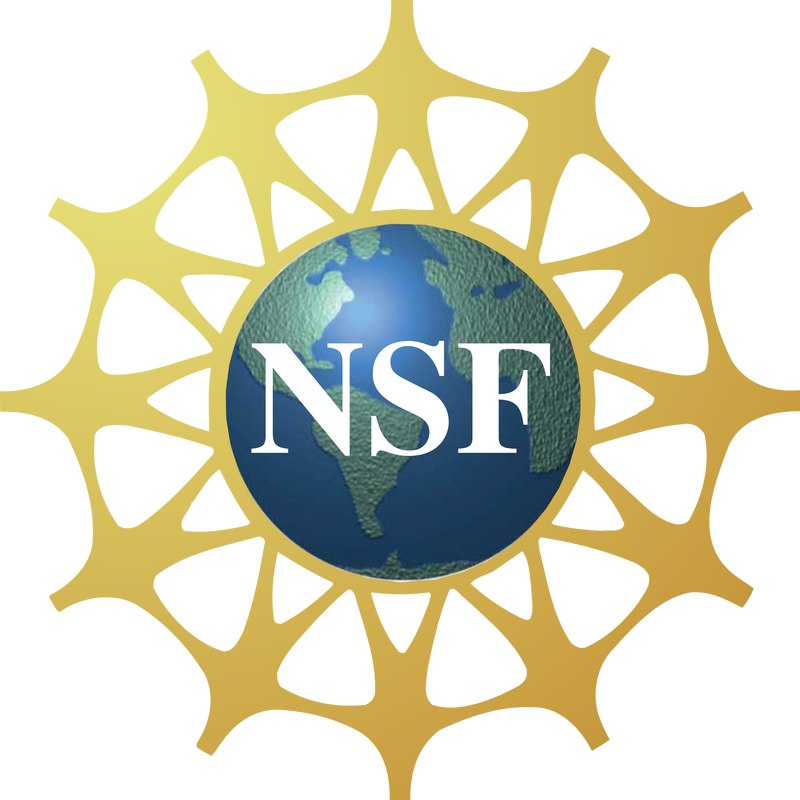As several herbaria in the CAP network reach their imaging goals, many are beginning to transcribe information from these images into the data portal. (You could help us with this as well...just see our previous blog post!).
One question we hear from many transcribers is: "what are those words after the plant's scientific name?"
One question we hear from many transcribers is: "what are those words after the plant's scientific name?"
The words and (sometimes odd) punctuation after plant scientific names can indeed be confusing, but they provide important information about how the plant is being identified. We call this the species "authorship" or "author citation," and it documents who originally discovered, described, and named this species--or potentially, who re-named the species. In the Ambrosia salsola example above, the author in the parentheses originally named a certain species, but then Strother & B. G. Baldwin gathered more data and determined that this species should be Ambrosia salsola instead of whatever it was previously. This process of determining accurate and useful names for plant taxa is called taxonomy. The words following the scientific names of plant species are the abbreviated names of taxonomists.
Not knowing this, sometimes when transcribers see labels like this, they ask "is this specimen supposed to be gray?"
Not knowing this, sometimes when transcribers see labels like this, they ask "is this specimen supposed to be gray?"

Not quite!
A. Gray is the standard abbreviation for Asa Gray, one of the most influential American botanists in history. Originally trained in medicine in New York, Gray found that plants were his true passion early in his twenties, and he began what was to become a long and illustrious career in botany. At the age of 28, he was hired as a professor of botany at the University of Michigan, but when funding dwindled, he was appointed as a professor of natural history at Harvard University in 1842, where he worked for over 40 years. Gray traveled to herbarium collections around the world, studying plants that had been collected in North America and naming scores of species. His skill as a botanist was so indispensable that Harvard wouldn't let him retire; it took him several years before he could resign!
Gray authored many foundational works during his career, from textbooks to floras, including the original Flora of North America, which he wrote with longtime colleague John Torrey. Much of what we know about the plants of North America stem from the works of Asa Gray. What better way to remember his contributions than to see his name on thousands of plant specimens?
A. Gray is the standard abbreviation for Asa Gray, one of the most influential American botanists in history. Originally trained in medicine in New York, Gray found that plants were his true passion early in his twenties, and he began what was to become a long and illustrious career in botany. At the age of 28, he was hired as a professor of botany at the University of Michigan, but when funding dwindled, he was appointed as a professor of natural history at Harvard University in 1842, where he worked for over 40 years. Gray traveled to herbarium collections around the world, studying plants that had been collected in North America and naming scores of species. His skill as a botanist was so indispensable that Harvard wouldn't let him retire; it took him several years before he could resign!
Gray authored many foundational works during his career, from textbooks to floras, including the original Flora of North America, which he wrote with longtime colleague John Torrey. Much of what we know about the plants of North America stem from the works of Asa Gray. What better way to remember his contributions than to see his name on thousands of plant specimens?
Glossary
- Taxonomist - one who practices taxonomy
- Taxonomy - the scientific study of classifying organisms; in botany, taxonomists seek to name taxa in a way that reflects their evolutionary relationships to each other


